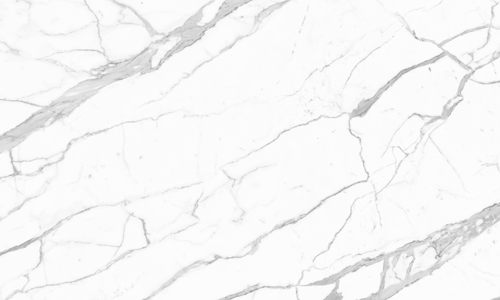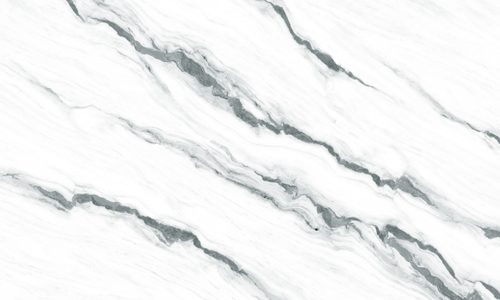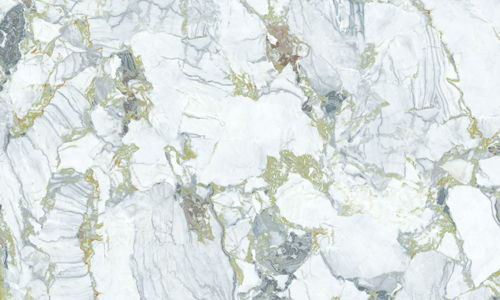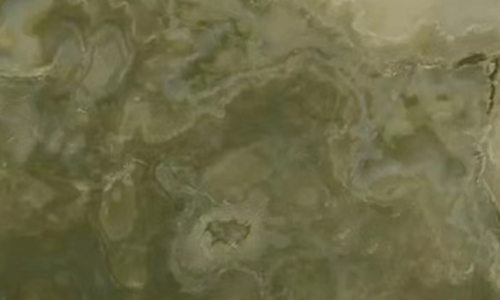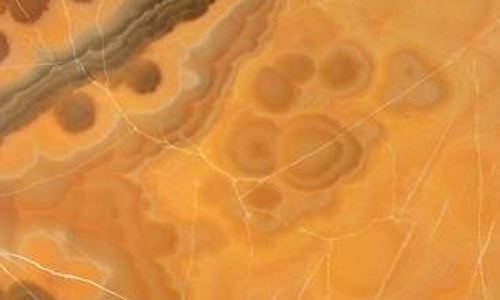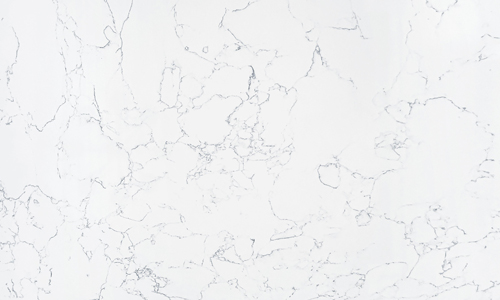Stone has long been a favored material in architecture and decoration due to its natural beauty and durability. In architectural design, stone columns serve not only as structural supports but also as aesthetic elements that add unique charm to a building. But do you know about the common styles and construction techniques of stone columns? In this article, we will delve into this fascinating subject to help you better understand the basics of stone materials and the construction of stone columns.
I. Basic Knowledge of Stone Columns
Before we explore the styles of stone columns, it's essential to understand what they are. Stone columns are vertical structural elements made from natural stone materials. They are crucial in supporting the roof, beams, or decorative structures of a building. There are numerous types of stone, including marble, granite, and sandstone, each with its own unique colors, textures, and properties that determine their application in column design.
II. Common Styles of Stone Columns
Stone columns come in a wide variety of styles, each with its own design philosophy and decorative effect.
Here are some of the most common styles:
Round Columns
Round columns are the most classic style of columns. Their streamlined design adds an elegant touch to any building. This style is particularly common in classical architecture, such as the Doric and Corinthian columns of ancient Greece. Round columns are not only aesthetically pleasing but also offer high load-bearing capacity, making them suitable for large-span structures.
Square Columns
Square columns have a relatively simple shape, typically with a quadrilateral structure. They are widely used in modern architecture. Their simple geometric form makes them easy to combine with other materials, creating a minimalist and spacious atmosphere.
Rectangular Columns
Rectangular columns are slightly more complex than square columns, with distinct edges and corners. They are often used in buildings that require symmetrical design, such as museums or large commercial structures. Rectangular columns can convey a sense of solemnity and grandeur.
Fluted Columns
Fluted columns are more artistic in design. The intricate carvings can add rich details and storytelling elements to the columns. They are commonly found in important venues or historical buildings, showcasing the craftsmanship and cultural heritage of the artisans.
Composite Columns
Composite columns combine the features of two or more types of columns. For example, they might integrate elements of both round and square columns. This design can bring a sense of dynamism and depth to a space. Composite columns are often used in modern architecture, aligning with contemporary design philosophies.
Stone columns are more than just structural elements; they are works of art that reflect the beauty and craftsmanship of stone. Understanding the different styles and construction methods of stone columns can help you appreciate their role in architecture and design. Whether you are designing a new building or restoring an old one, stone columns can add timeless elegance and strength to your project.
Lillian Fortune East Stone
📧 Email: sales05@fortunestone.cn 📞 Phone: +86 15960363992 (Available on WhatsApp) 🌐 Websites: www.festonegallery.com | www.fortuneeaststone.com


